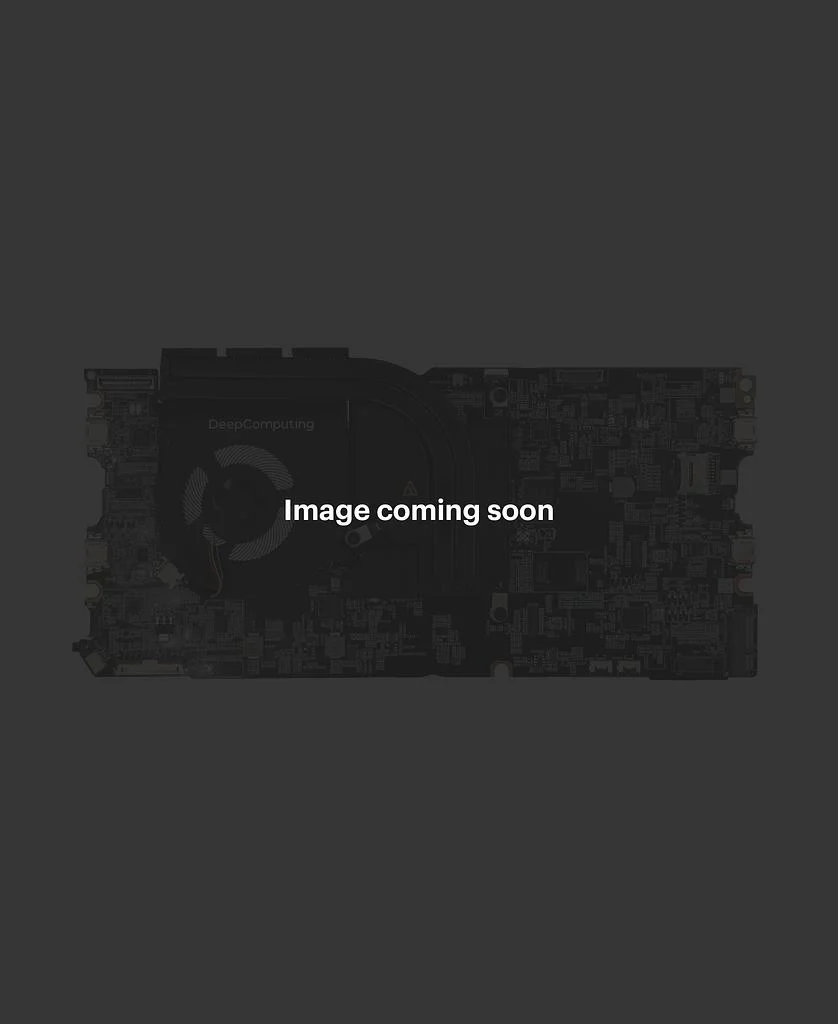It's so stupid of the developer to claim that gender neutrality is political. It really is not. It's just about equally respecting everyone. I'm probably preaching to the choir though.
Memento is a movie about a guy who tries to find the murderer of his wife but has a condition where he only remembers the last few minutes, so works with post-its, photos and tatoos to piece things together. Great movie!
Predestination is a time traveling cop trying to prevent a terrorist attack.
I'm leaving the best part out which is thought provoking, but you will find it and appreciate it when you watch both movies I think.
My number one gripe with organic maps is how fragile the search is. If you don't write it exactly right, you get no or irrelevant results. Also, it seems to have no clue of what is popular and what people expect when they search for something. I'm not talking about personalized results but for example the following: searching for "Eiffel", leads me to minor roads, restaurants and all kinds of results unrelated to the Eiffel tower. This is what is troubling me the most.
I think there are important considerations to keep in mind.
First and foremost, Valve is not a public company. I don't know if it has investors, but it is not driven by profits like many typical public companies are. These companies tend to allow themselves longer investments without any clear visibility of immediate profits. They also do things for the greater good, even though it does not bring profits.
But also, I think the whole of valve is a set of gamers and people who genuinely care about the gaming business and making great products. I think they all share Gabe's values and goals. It's not like Gabe is the only one holding everything together or else it would instantly crash into the profit driven company it could be.
Both of these scenarios keep me hopeful that this is a longer lasting stance and doesn't hinge on just one person. It's not a proof it will never be a typical profit company but these are barriers which are not typically present. Let's hope for the best and keep rewarding them for their contributions to gaming, open source and for their good actions.
Good guy steam
You can put up a non commercial license and write that if this is for a commercial application they can get in touch with you and you can discuss together a new license for their use case.
We Shouldn’t Have to Let Users enroll Service With a Click. Customers may “misunderstand the consequences of enrolling,”
Sounds ridiculous? Because it is. Clicking the cancel or enroll button is pretty much what you expect... This is utter nonsense, obviously.
Are Meta even committing to stop tracking when users pay? Or are they simply not showing targeted ads but still totally tracking?
I hear you but this seems to largely ignore that we are all already paying google, a lot. It is only thanks to their unscrupulous private data harvesting that they have become the mastodon they are. This has been going on for so long and only in the recent past to we get the scale of this effort. Now they want us to pay them too, while nothing is changing on the data privacy side? Frankly, I don't think they deserve our trust. It's not like paying makes them get any less of our private data, so they are basically double dipping. That does not sit well with me.
I'm all for paying for a due service, but I also have expectations of data privacy rights. Those are mostly vanishing into thin air with google...
The battery life in arstechnica's review stands out as different and lower compared to 2 other reviews (pcgamer and techradar):
https://lemmy.zip/comment/3284894
It might be due to the use of the USB-A ports on the backside of the laptop which are known to have some abnormal power draw, which framework is currently addressing.

I'm guessing this technology requires specific implementation into the game? Nonetheless, it's so great to see these kind of efforts very suitable for battery based laptops and handhelds, they fit perfectly this use case imo.